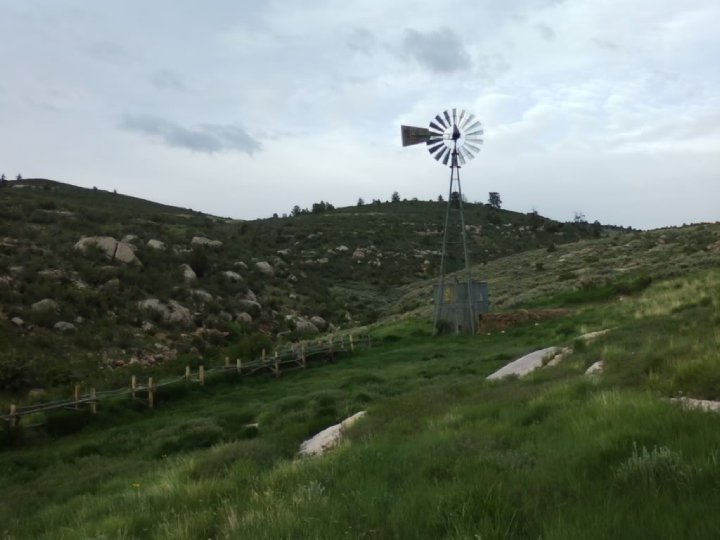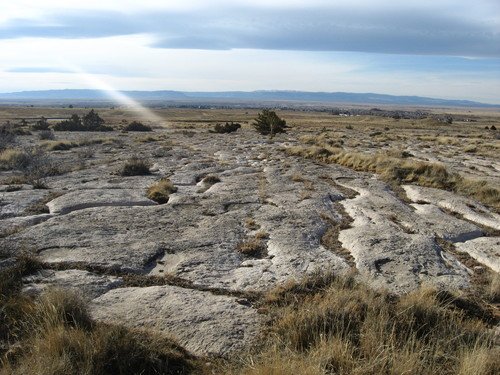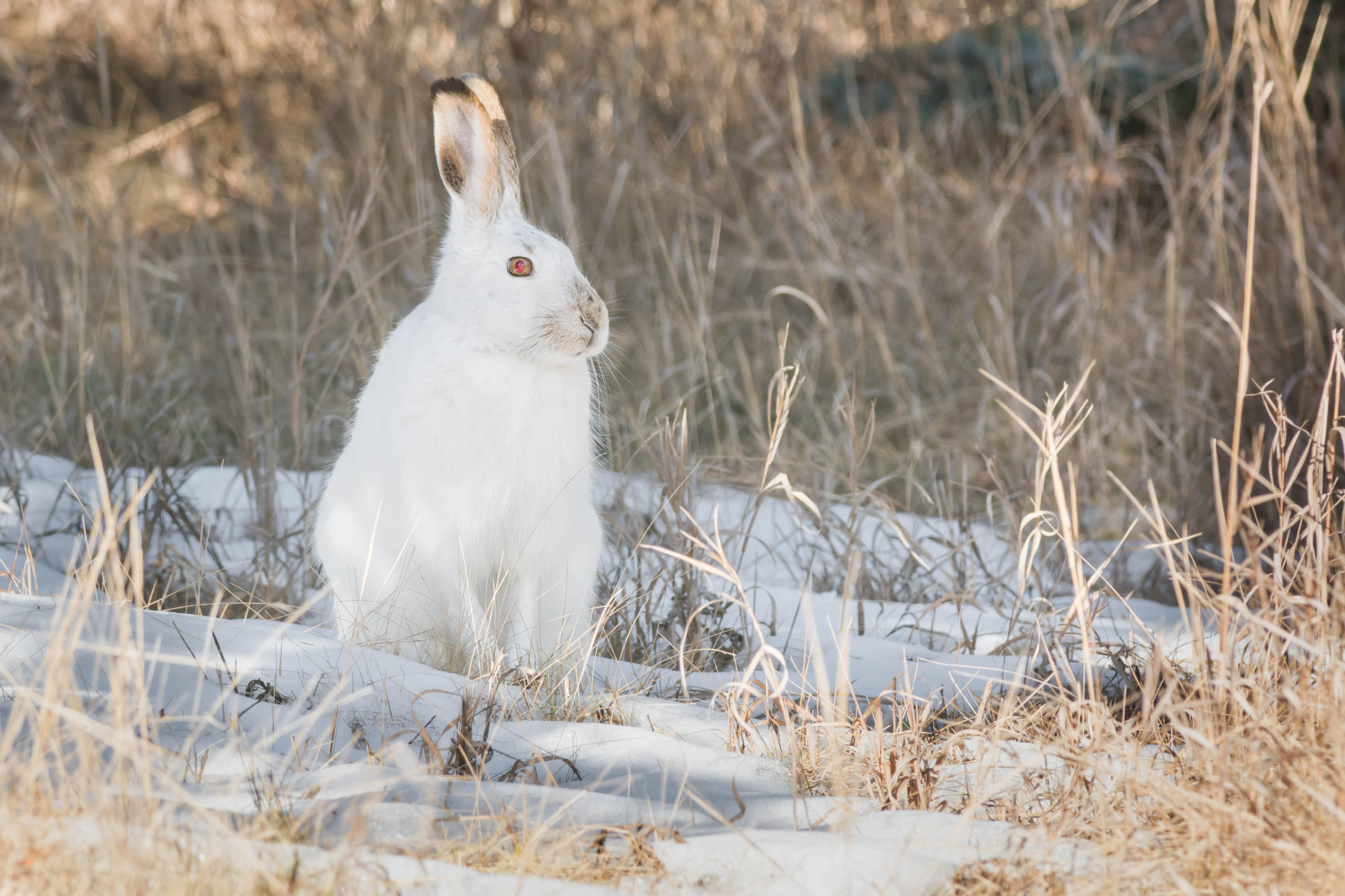As the law now stands, they can be shot or trapped year-round. Perhaps we are the only state to abuse native jackrabbits in this way. The agencies’ call it recreational shooting.
Sure enough, a white-tailed hare came by and ran-sprang up a hill. These are astonishing animals. Their winter coat stays dark year-round at lower, snowless elevations.
Christmas Day. And, as with any guilty Irish Catholic, a need to pray.
The churches I attend these days come big and small. Most are old. They have carpets of sagebrush, native grasses, and limber pine. In 2017, in a leap of faith, some good soul decided the town of Laramie needed access to more open space. In July 2020, thanks to the hard work of volunteers, local citizens, politicians of various stripes, the university, and Wyoming’s Office of State Lands and Investments, more than 7,000 acres of private land on Pilot Hill were acquired. It protects part of the local aquifer, conserves wildlife habitat, and provides public access to open space for recreation and educational use. It stopped what ironists and speculators call land “development.” Laramie will retain open space into the near future. Mind you, this is Wyoming. The near future is not far.
You need to be fit to walk from town to Pilot Hill and back. The northern half of the parcel is given over to walkers, mountain bikers, skiers, the occasional rider, happy dogs plus owners, and wildlife. The southern half is a wildlife habitat management area where access is limited to walkers and riders. It is winter habitat for elk and pronghorn and breeding or year-round habitat for more than 70 priority conservation species. The Pilot Hill area is a land bridge between Laramie and 65,000 acres of the Medicine Bow national forest. No motorized traffic is allowed.
Don’t be fooled by wonderful photographs of Pilot Hill on its website. One hundred and fifty years of ranching, quarrying, and logging have seen to that. Some land, particular at lower elevations, is down to bedrock. Its lean soil has long since become part of the Mississippi delta. Rutted by vehicles, it will be decades before some scars heal. Where soil remains, some erosion channels are three feet deep. Yet, on this cloudless December day, the landscape retains its dignity. It reminded me of an abused spouse who finally walked. Both need time, plus kindness.
I hoped to see a jackrabbit. Sure enough, a white-tailed hare came by and ran-sprang up a hill. These are astonishing animals. Their winter coat stays dark year-round at lower, snowless elevations. In Laramie, where snow is dependable, their pelage turns from brown to white in a slo-mo miracle. This is due to the alchemy of short days, a fistful of hormones, a gland at the back of their brain, and responsive fur follicles. Reliably cold ambient temperatures in the fall will speed things along. The result is white fur by November. In contrast to guard hairs of the spring molt, unpigmented guard hairs of early winter contain larger air cells along their length. So not just better camouflage against predators on a snowy landscape, but warmer too.



Given climate change and less snow, there is concern that the natural range of white-tailed jackrabbits is contracting. They may continue to be displaced by their black-tailed cousins from Colorado and Utah. Their range has done so already in the Midwest and in eastern Washington, where habitat was altered by farming and overgrazing. It was not helped by periodic jackrabbit drives in which up to 20,000 animals were driven into traps and bludgeoned. In the 1890s, assistant chief of what became the U.S. Fish and Wildlife Services asked a quintessential western question: Do jackrabbits have value, or can they be utilized in any way?
Wyoming’s answer was — of course, yes! Jackrabbits are designated in our state as predatory animals. Which is odd, as they are not predators. They eat native grasses and, if unprotected, alfalfa. They take forage from the ample mouths of cows and sheep. As the law now stands, they can be shot or trapped year-round. Perhaps we are the only state to abuse native jackrabbits in this way. The agencies call it recreational shooting. I suspect that whoever drafted this provision heard reports of black-tailed jackrabbits affecting agriculture in parts of California, Nevada, and Utah. He decided the answer was open season on jackrabbits,. He may not have realized or cared about the difference between black- and white-tailed jackrabbit species. So it remains.
Given the continuing importance of Wyoming hares as prey for raptors and carnivores, let me make two suggestions. First, management of jackrabbits should be transferred from the Wyoming Department of Agriculture to Wyoming Game and Fish, and the absurd designation of hares as predators be changed to “small game”. Game and Fish is more likely to protect our biological heritage. Second, let’s end use of the phrase recreational shooting. Call it what it is: environmental hooliganism.
And my prayer? It was for you, Lepus townsendii. It was for you.
Dr. O’Toole is a veterinary pathologist in Laramie.
This guest opinion was published in the Casper Star Tribune.


